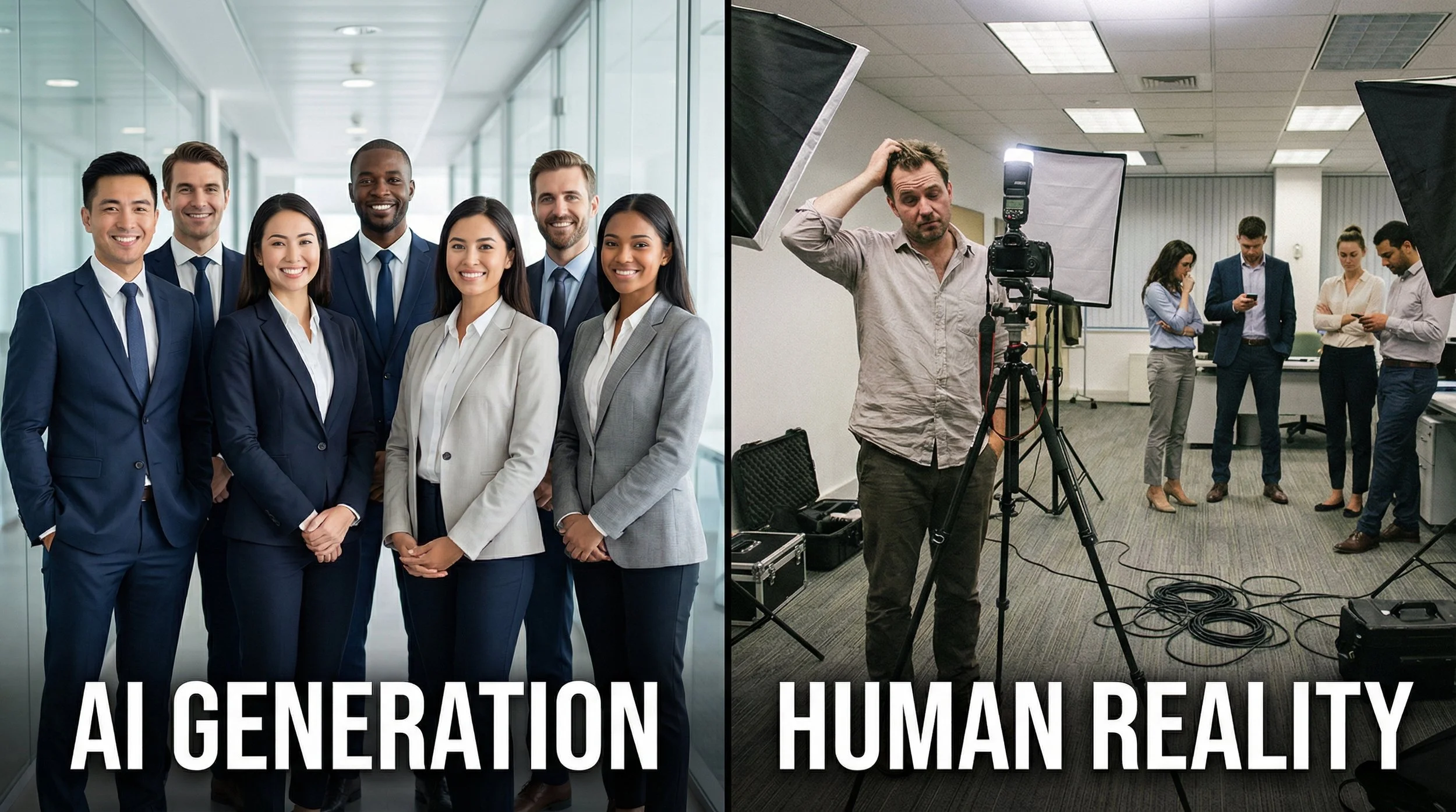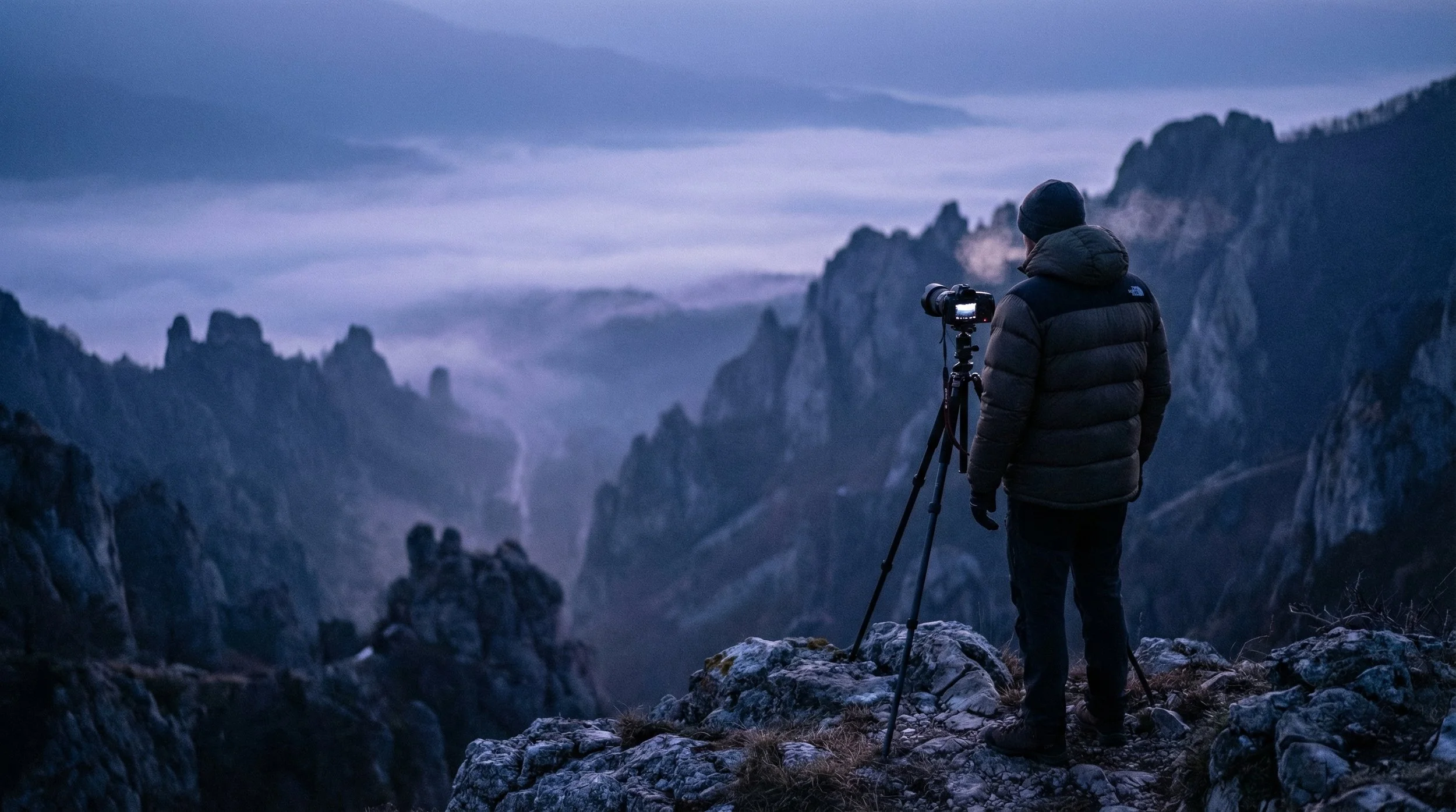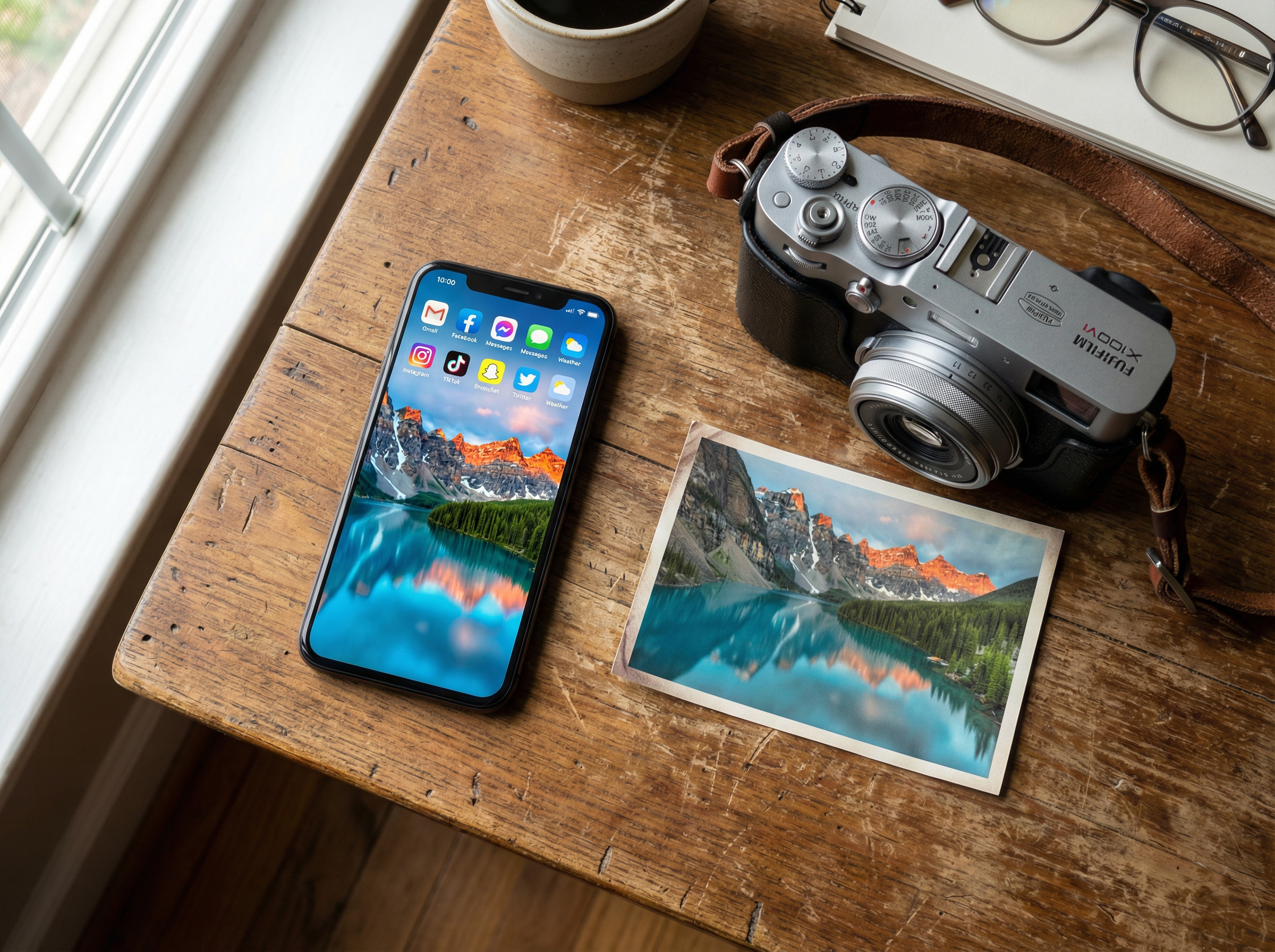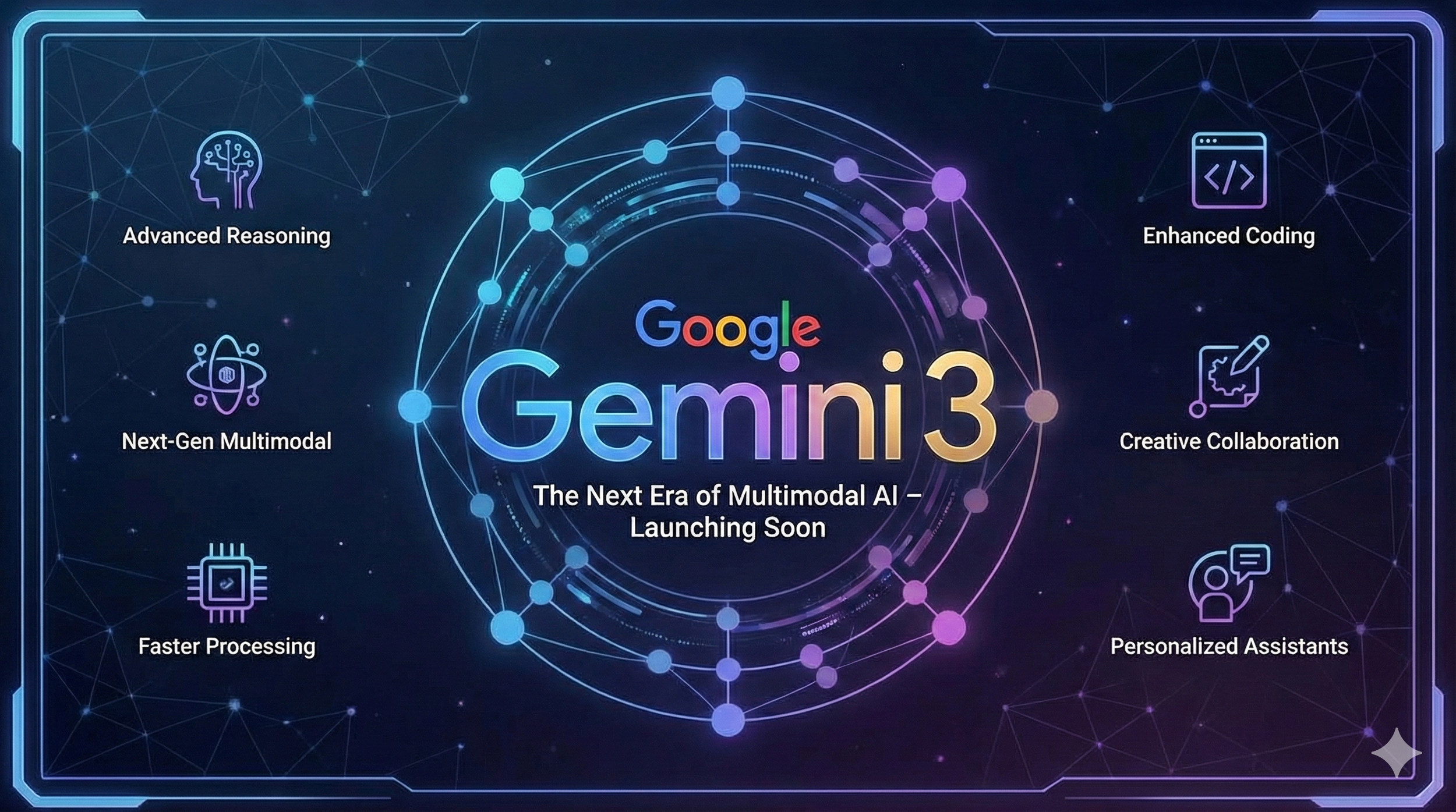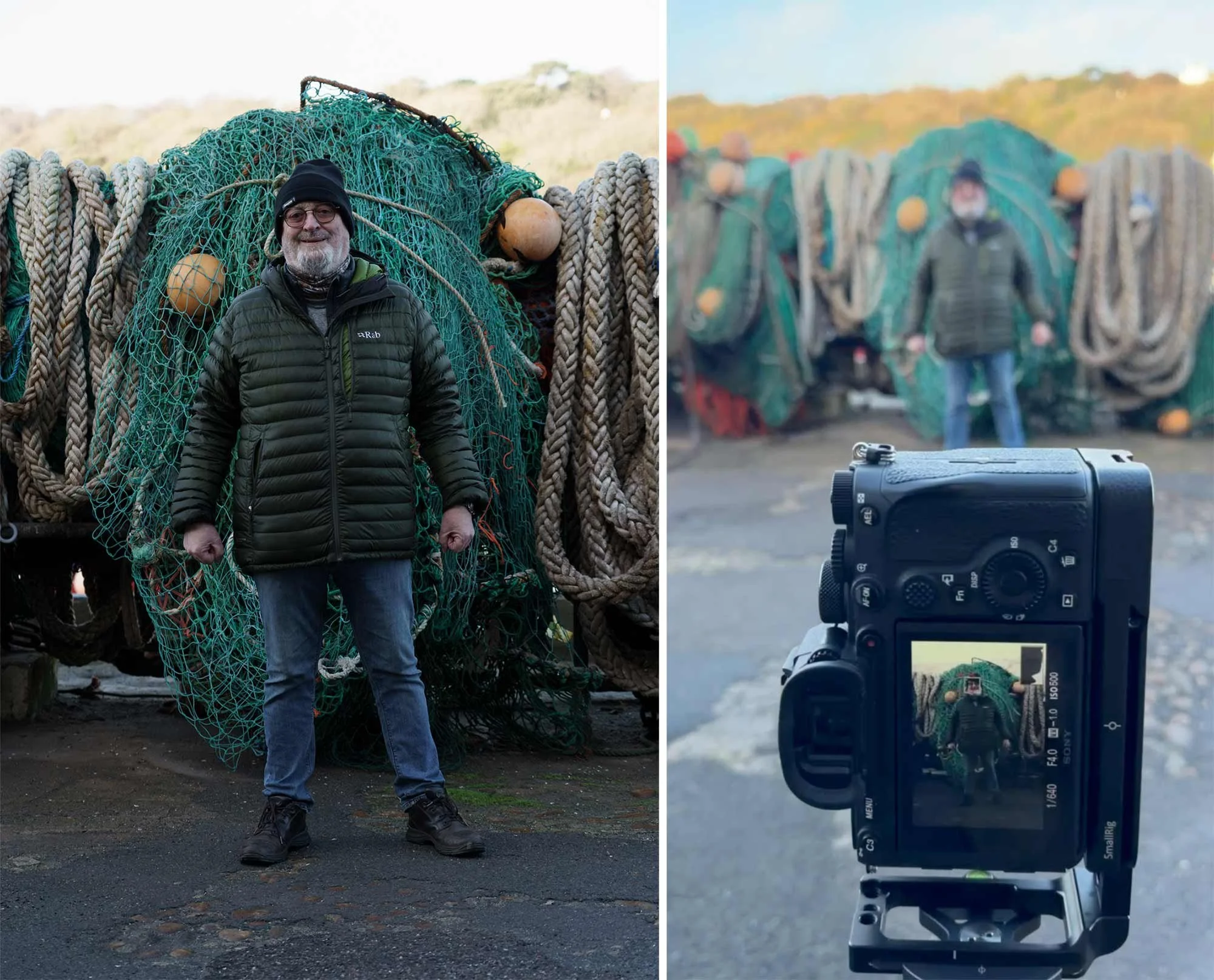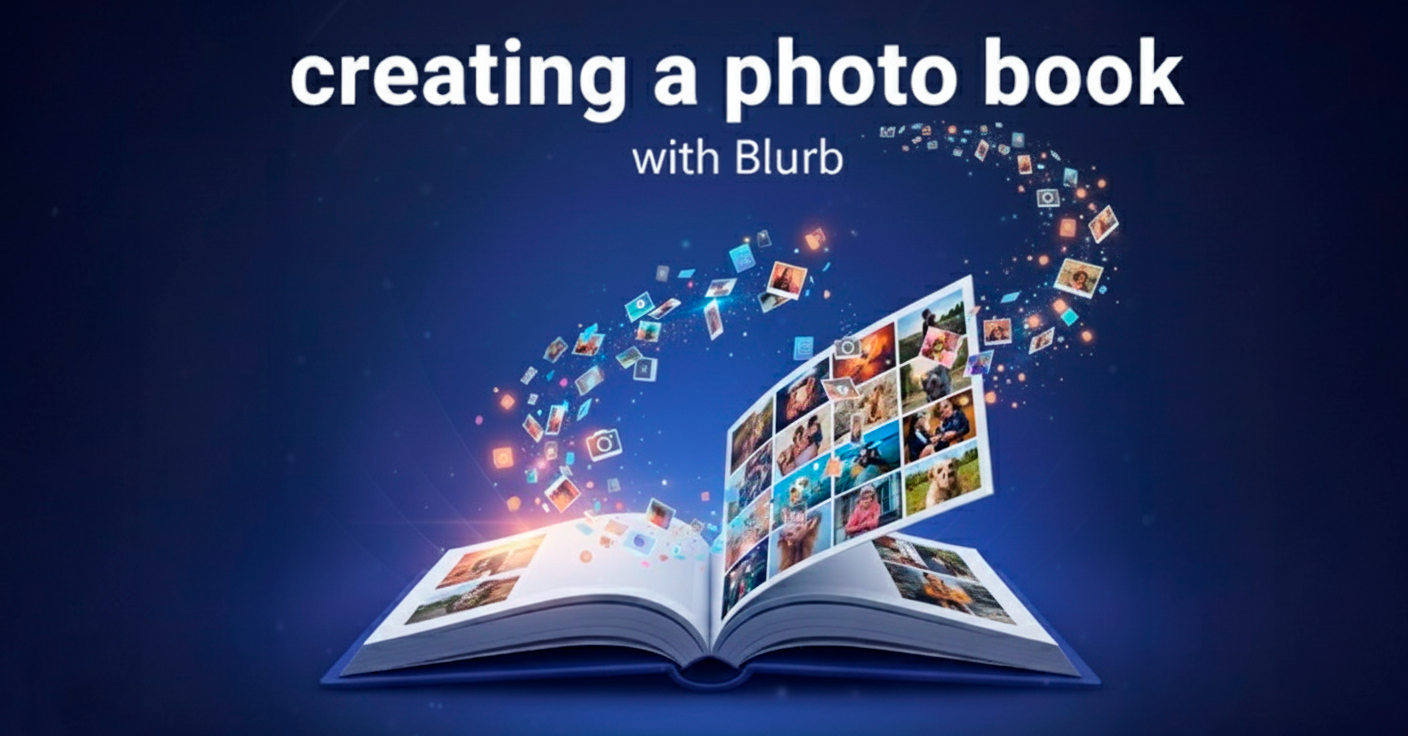When I think back to the not-too-distant past, it's wild how much has changed. An editing task that used to take me thirty minutes (hair selections, cloning, backdrop cleanup) now takes about thirty seconds; and THIS is why I'm excited about what AI brings to the party.
AI: The Best Assistant I Never Had to Train
Look, nobody got into photography because they dreamed of removing sensor dust or spending three hours meticulously masking flyaway hairs. That stuff isn't the art. It's just the cleanup crew work that has to happen before we get to make our magic.
And honestly? AI is brilliant at that stuff.
Think of it this way: AI handles the grunt work so I can focus on the vision. It's like having an incredibly fast, never-complaining assistant who's amazing at the boring bits and then steps aside when the real creative decisions need to be made.
Oh and those decisions that need to be made? Those are still mine.
Where AI Stops and I Begin
There's a line, though, and it's one I think about a lot.
AI can smooth skin, relight faces, swap out skies. It can create a technically "perfect" image in seconds. But here's the thing: perfect isn't always interesting. Sometimes those ultra-polished images feel a bit ... lifeless. Like they're missing something human.
The magic happens in the choices we make. The colour grade that shifts the whole mood. The decision to keep a little texture in the skin because real people aren't porcelain. The way we balance light and shadow to tell the story we want to tell.
That's where our style lives. That's the part AI can't do because it doesn't have taste, intuition, or a point of view.
It's a tool. A really good tool. But we’re the one holding it.
Getting My Life Back
The biggest win isn't just sharper images or cleaner backgrounds. It's time.
AI is giving me hours back. Hours I used to spend in my office, squinting (I’ve now got new glasses) at a monitor, doing repetitive tasks that made me question my life choices.
Now I can use that time for the stuff that actually matters: shooting more personal projects, experimenting with new techniques, or better still, spending time with my wife and friends. Making memories instead of just editing them. Living the life that's supposed to inspire the work in the first place.
We shouldn't fear these tools. We should embrace them (smartly) so we can get back to doing what we love.
Where Do You Stand?
I'm curious how you're navigating this shift.
Are you using AI tools to speed up your workflow? Or are you still figuring out where the line is between "helpful assistant" and "too much automation"?
I'd love to hear how you're finding the balance in the comments below.





